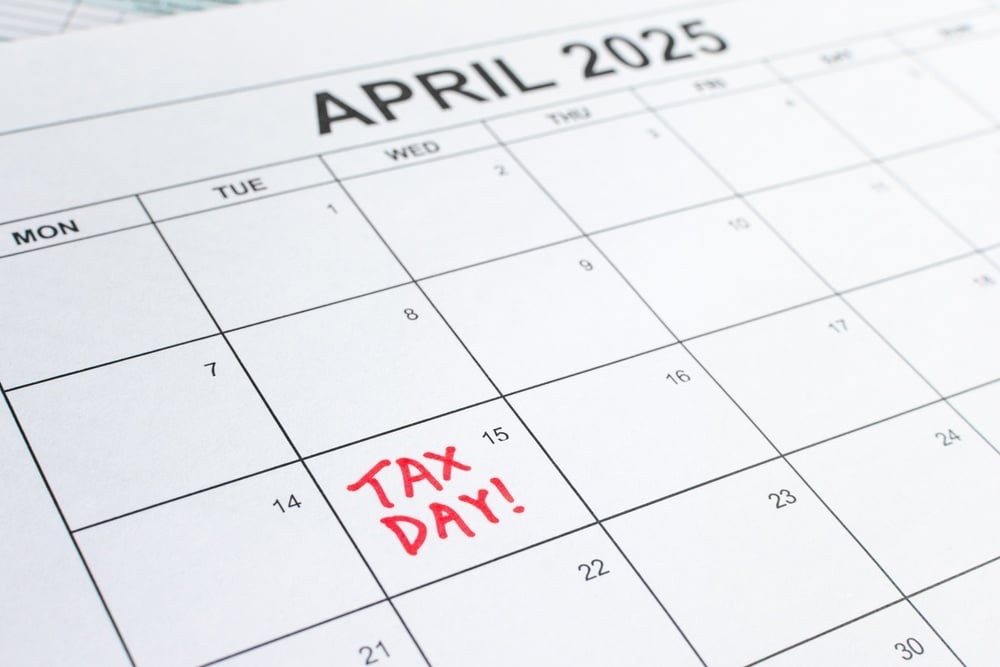In September 2025, the IRS and Treasury issued proposed regulations clarifying the “No Tax on Tips” deduction created under the One Big Beautiful Bill Act (OBBBA). The law already allows certain workers to deduct up to $25,000 of tips from their taxable income between 2025 and 2028. These new regulations provide the first detailed guidance on which tips qualify, which occupations are eligible, and how reporting will work.
Quick Summary
- Deduction: up to $25,000 of qualified tips per return, 2025–2028.
- Income phaseout: begins at $150,000 MAGI (single) and $300,000 (joint), reduced by $100 for every $1,000 above the threshold.
- Applies to all filers, whether or not they itemize.
- Married couples must file jointly to claim.
- Tips remain subject to payroll (FICA/SECA) taxes.
- New reporting requirements begin in 2026 with revised Form W-2.
Who Qualifies
Eligible Occupations
Treasury published a draft list of 68 occupations across eight categories that “customarily and regularly” received tips before December 31, 2024. These include servers, bartenders, barbers, rideshare drivers, casino dealers, and more. The list is organized under new Treasury Tipped Occupation Codes (TTOCs). Workers in these roles can deduct qualified tips.
Occupation Categories
- Beverage and Food Service
- Entertainment and Events
- Hospitality and Guest Services
- Home Services
- Personal Services
- Personal Appearance and Wellness
- Recreation and Instruction
- Transportation and Delivery
Filing Status and Income Limits
- Maximum deduction: $25,000 per return (not per person).
- Married couples must file jointly; married filing separately is ineligible.
- Taxpayers must include the SSN of the spouse earning the tips.
- Deduction phases out for higher incomes: reduced by $100 per $1,000 of MAGI above $150,000 (single) or $300,000 (joint).
Specified Service Trade or Business (SSTB) Limitation
Tips earned in a specified service trade or business under IRC §199A (such as consulting or financial services) are not eligible. For employees in SSTBs, eligibility depends on the employer’s business classification.
What Counts as a Qualified Tip
Voluntariness Is Key
Tips must be:
- Paid voluntarily by the customer.
- Not negotiated in advance or required by contract.
- Amounts the customer has the right to set or change.
Service Charges and Auto Gratuities
- Not qualified: mandatory charges, service fees, or automatic gratuities.
- Exception: if customers are explicitly told they can opt out or modify the charge without consequence, the amount may qualify as a tip.
Accepted Payment Forms
Qualified tips may be received via:
- Cash or check.
- Credit or debit card.
- Gift cards.
- Mobile/electronic apps (e.g., Venmo, PayPal) if settled in U.S. dollars.
- Tokens exchangeable for cash (e.g., casino chips).
Non-cash items such as tickets, meals, or most digital assets (including cryptocurrency) are not qualified tips.
Tip Pools and Reporting
- Tip-pool distributions qualify if they originate from voluntary tips.
- Tips later reported using Form 4137 may qualify if they meet all requirements.
How to Claim the Deduction
- Deduction will be reported on new Schedule 1-A (Additional Deductions) starting with 2025 tax returns filed in 2026.
- Taxpayers may claim it even if taking the standard deduction.
- Self-employed workers cannot deduct more than their net business income.
Documentation to keep:
- Daily tip records (IRS Publication 1244).
- Employer-provided statements.
- W-2 or 1099 forms.
- Proof of payment method.
Payroll and Reporting
- Payroll taxes remain unchanged: tips must still be reported as wages for Social Security and Medicare.
- 2025 reporting: no changes to Forms W-2 or 1099.
- 2026 reporting: draft Form W-2 adds a Box 14b TTOC for tipped occupation codes and separates reporting of qualified tips.
Examples
- Server (joint filer, $75,000 MAGI, $20,000 tips): full $20,000 deductible.
- Bartender (single filer, $160,000 MAGI, $25,000 tips): deduction reduced by $1,000 due to phaseout = $24,000.
- Self-employed rideshare driver ($22,000 tips, $18,000 net profit): deduction capped at $18,000.
What Employers Should Do
- Ensure POS systems separate tips from service charges.
- Train staff on recording voluntary tips correctly.
- Prepare payroll systems for 2026 W-2 changes.
- Communicate with tipped employees about documentation.
What Workers Should Do
- Keep detailed daily tip logs beginning in 2025.
- Review W-2s to ensure tips are reported accurately.
- Understand joint-filing requirements.
- Work with a tax professional to maximize savings.
Timeline
- September 2025: Proposed regs released.
- Late 2025: Public comment and hearing.
- 2025 tax year: Deduction first available.
- 2026: New reporting rules (W-2 updates) take effect.
- December 31, 2028: Deduction sunsets.
Final Thoughts
The IRS’s proposed rules provide much-needed clarity on the “No Tax on Tips” deduction, which could lower taxable income for millions of tipped workers. While the deduction won’t change payroll tax obligations, it may still provide meaningful relief for those in eligible occupations.
At Baldwin CPAs, we help individuals and businesses navigate complex tax law changes with confidence. If you receive or pay tipped income, now is the time to prepare for the 2025 tax year and the new reporting requirements to follow.
Contact Baldwin CPAs today to discuss how these rules may impact your tax planning.
FAQs
Do Venmo or PayPal tips qualify?
Yes, if settled in U.S. dollars.
Do automatic gratuities count?
Not unless customers can opt out or change the amount.
Can married couples claim $50,000 if both earn tips?
No, the $25,000 cap applies per return.
Are tips still subject to FICA?
Yes, payroll taxes are unchanged.
What about crypto tips?
Not eligible under current rules.



